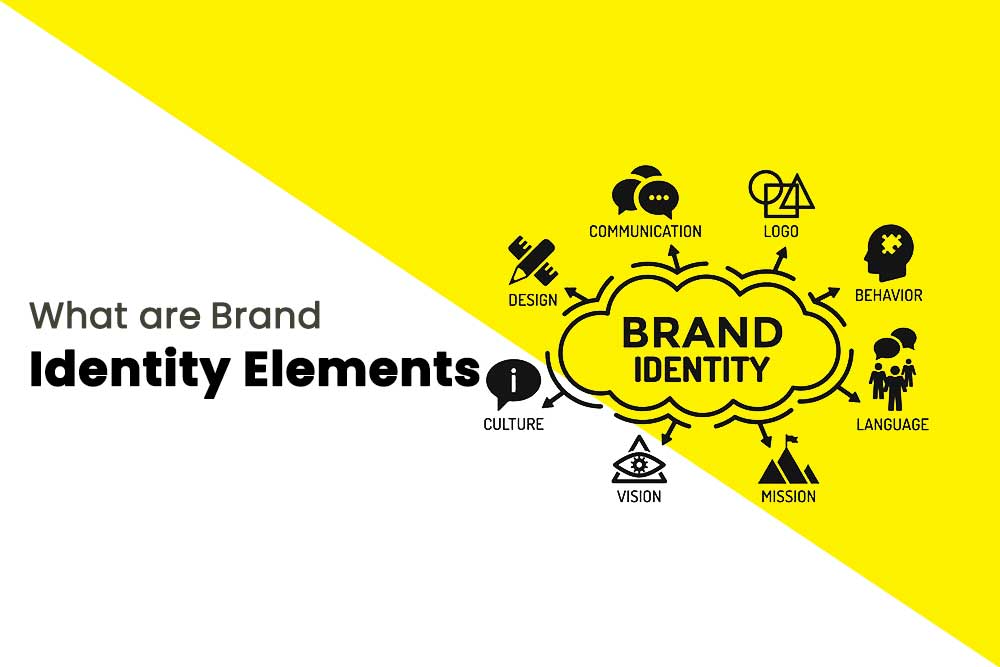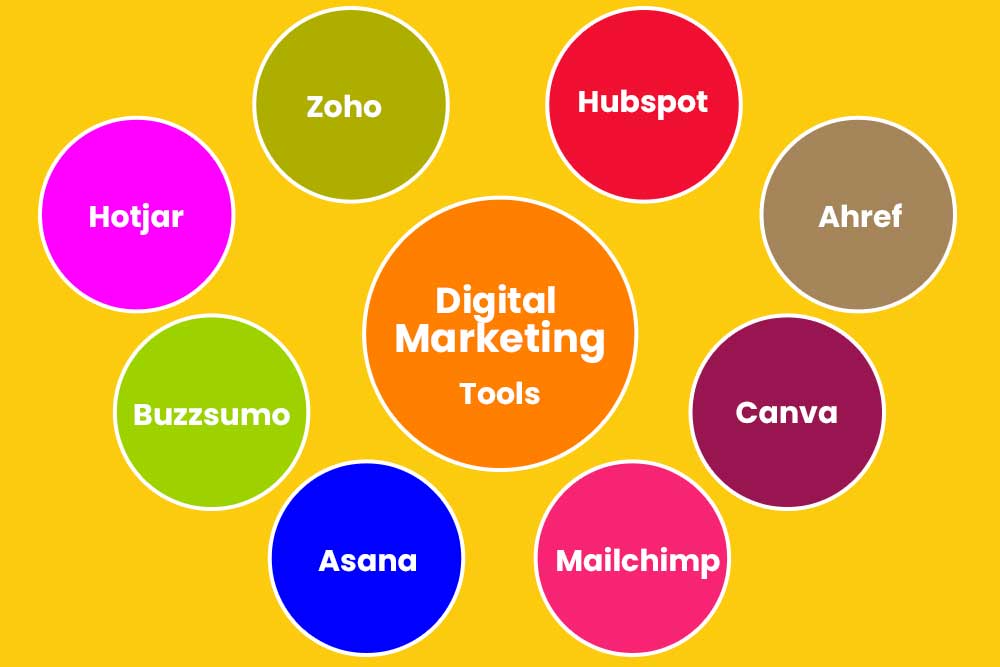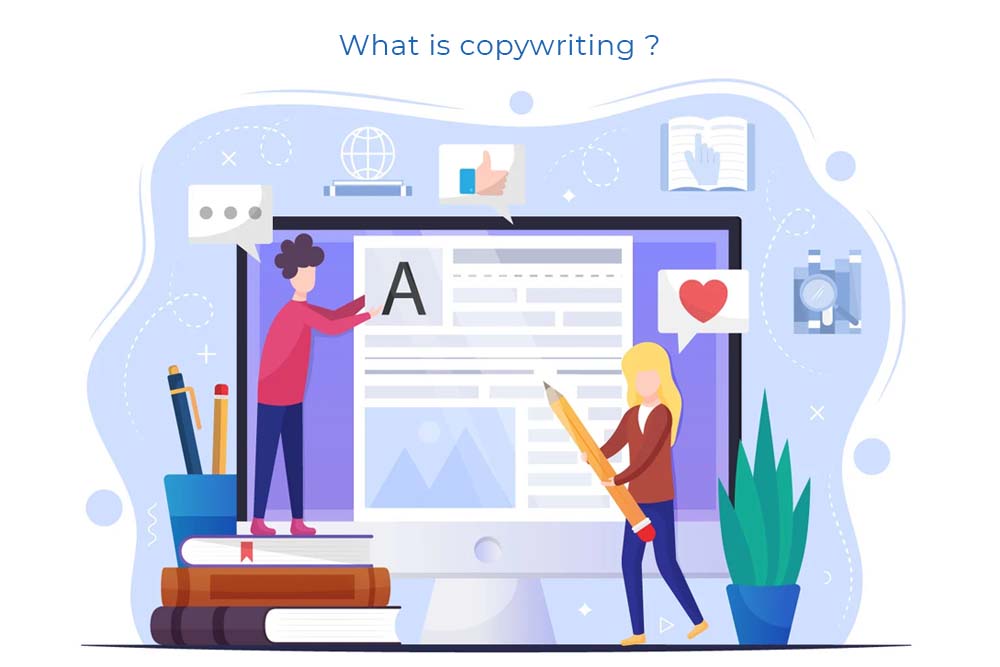Your brand identity is the perception people have of your products and services. It can be visual or verbal, but it has to be consistent throughout all of your marketing materials. Your brand identity includes things like your logo, website name, customer service phone number and company address. It also includes the voice of your company and what the target audience thinks about you – how you speak to them, how you interact with them.
Brand Identity Elements are the components that make up a brand’s image including its visual representation, its marketing material such as television commercials, logos and taglines, etc., customer service phone number, etc.
How brand identity elements are important in digital marketing?
We are often bombarded with information on a daily basis. It is difficult to keep track of what we really need to pay attention to. Brand identity elements help you not go off track and focus on the things that matter.
Brands are constantly evolving in the digital age, and this requires a new way of thinking about brand identity elements. Nowadays, brand identity is no longer just about logos, colors, wordmarks and slogan – it also includes social media handles, website branding and more!
Brand identity is constantly evolving – from logo designs to website design – in order for brands to remain relevant in this rapidly changing digital world. In order for brands to succeed today they must be able to evolve with their marketing approach as well!
Lets Talk About some type of Brand Identity Elements:
Brand Name
“Brand names are one of the most important elements of a company’s brand identity” (Goldman Sachs)
Brands are a key component of every marketing strategy. They help companies to stand out from their competitors and generate more leads for their businesses.
A brand name is the name under which an organization sells its goods or services. A good name is one that has meaning and understanding, which helps the consumers to recognize it easily and trust it when they see it on products in stores. The value of a brand name is determined by how much it affects customers’ decisions on whether or not to purchase products and can also increase customer loyalty.
Brand names are critical elements of a brand’s identity. They are represented in the visual, audio, and written word.
Brands change constantly and this is why it is important to keep up with changing trends and think outside the box when creating content for a brand.
Brand names can be used for keywords that are related to their product or company as well as for phrases that create an image of what their company does.
LOGO
How we talk about the brand is not just the way in which we tag a product with a certain name. It is also the way in which we use particular words, symbols or colors to create an image of what they say.
As with any other kind of design, logo designs are not one size fits all. The design can change according to the audience and company. A logo that works for a travel company may not work for a non-profit organization and vice versa.
LOGO are different kinds of symbols that represent people, their values and their lifestyle. They can be created by different means like typography, color or shape but they all have one thing in common – they need to be meaningful to their audience.
Brands that don’t have a logo might struggle to gain recognition and visibility, which could lead to a loss in market share. Logo design can be complicated and time-consuming, but it is important to make sure that it is done correctly from the start.
Graphics and Images
Brand identity means the differentiating traits that make a company unique. In order to have an effective branding, Graphics and Images are being used as important elements.
The use of graphics and images can give a company’s brand personality, meaning, and identity. These two elements can also dictate what audience they are targeting as well as how well they perform in the market.
Brands that have graphics and images that are easily accessible and found on their website include Microsoft, Nike, Apple Inc., McDonald’s Corp., etc…
In order to stand out from the competition, brands use graphics and images to create their own identity. The visual elements help them use symbolism that is easily understood by their target audience.
Color Scheme
Every color and brand identity has a different meaning. These meanings are related to the culture of the people who live in that area.
Color is one of the most important elements of branding. It can help make your company stand out, as well as provide a visual representation of your company identity. The color scheme of your brand is an important element that not only reflects the values and personality behind the product or service but also sets the tone for how customers interact with it.
Color is a powerful tool that every designer should have in their arsenal. It can be used to present an idea or message, evoke emotions, and create new experiences for consumers.
Typography
Typography is a visual representation of words. It can be defined as the art and technique of arranging type in space to make written language legible, readable, and appealing when displayed.
There are many theories of what typographic elements are but they all share a common goal – to make the text more readable. The most important thing about typography is that it is subjective. As long as the font matches your brand’s identity and communicates your message, it will be effective.
Typography is an important part of the branding process. It’s not just about aesthetics but also on how the product or service is experienced. Fonts, sizes, colors and spacing all play a role in what comes to mind when someone sees your logo or any other visual representation of your brand.
Typography can help to create consistency and convey meaning across your brand’s messaging as well as reinforce particular ideas that you believe in.
Slogan, Jingle, or Catchphrase
A slogan and a jingle are two types of brand identity elements. A catchphrase is a more general kind of brand identity element. As the use of catchphrases become widespread, they are also becoming less noticeable and less valuable.
The reasons slogans, jingles, and catchphrases are important to brands is because they stick in people’s minds and allows you to create an emotional connection with customers. These three brand identity elements can be used across many different platforms – print, digital media, social media, etc.
A slogan, jingle, or catchphrase has to be catchy and memorable. They are a part of the brand’s identity and are meant to convey the essence of a company or product.
Slogans
A slogan is an expression that communicates the company’s purpose and who they are. It can be short or long-term depending on what situation they want it to apply in. They can also use it as their tagline. Slogans need to be simple enough so that they easily comprehend them quickly by people who don’t even know what is going on.
One example of a well-known slogan is Nike’s “Just Do It.” The campaign was created by Wieden+Kennedy advertising agency for Nike in 1988, which represents inspiration, sport, and individualism.





